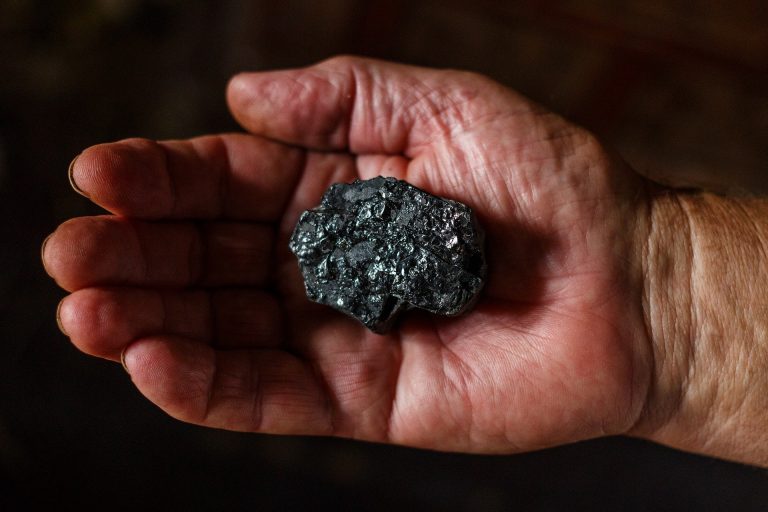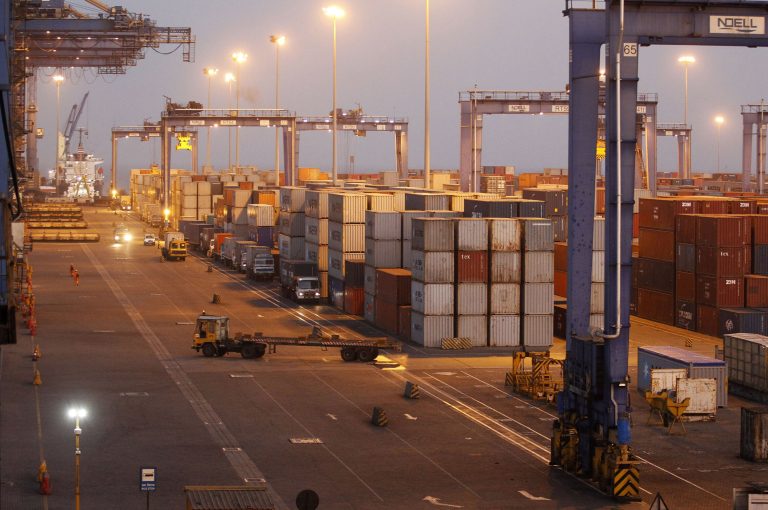Torrential rains hit 11 cities in China’s Shanxi Province for almost five days in a row, resulting in the shutdown of 60 coal mines. The country is already struggling with one of the biggest power shortage crises of the century.
Heavy rains that began on Oct. 2 have led to flooding and landslides, laying waste on crucial infrastructures such as bridges, roads, and railway lines. The rains have killed at least 15 individuals and affected more than 1.76 million people.
In a notice released on Oct. 8, the provincial government stated that activities at 60 coal mines, 14 hazardous-chemical enterprises, 372 other mines, 166 scenic spots, and 1,035 construction projects were suspended. A few days back, production at 27 coal mines was halted. The local weather report put out on Oct. 10 projected heavy showers to continue in the province for at least the next 10 days.
Shanxi contributed to a quarter of China’s coal production in 2020. The fact that more than two-thirds of the country’s power generation is based on burning coal makes Shanxi a crucial province.
The suspension of coal mining activities occurred at an inopportune time, as the country was in the midst of ramping up coal production to address the growing power crisis.
Success
You are now signed up for our newsletter
Success
Check your email to complete sign up
More than half of China’s provinces have been subject to power rationing for the past couple of weeks. Energy companies have no option but to restrict the supply of electricity to millions of homes and businesses.
Power outages have not only disrupted the daily lives of tens of millions of people but have also crippled industrial production and disrupted global supply chains.
Residents of Liaoning province and some of the neighboring provinces have been subjected to unannounced power outages in their homes. There have been complaints about traffic lights being switched off and a lack of heating in areas where the temperature usually drops to 51 degrees Fahrenheit at this time of year.
Speaking to The Epoch Times, Chinese commentator Wang Xiaogang stated that one of the main reasons for China’s power crisis was the government’s decision in 2016 to shut down more than 1,000 coal mines to resolve the issue of surplus supply at the time.
Wang added that the ban on coal imports from Australia was another factor that contributed to the current coal shortage. The shortage of thermal coal has inevitably pushed up prices, with a 12 percent price spike observed on Oct. 11.







